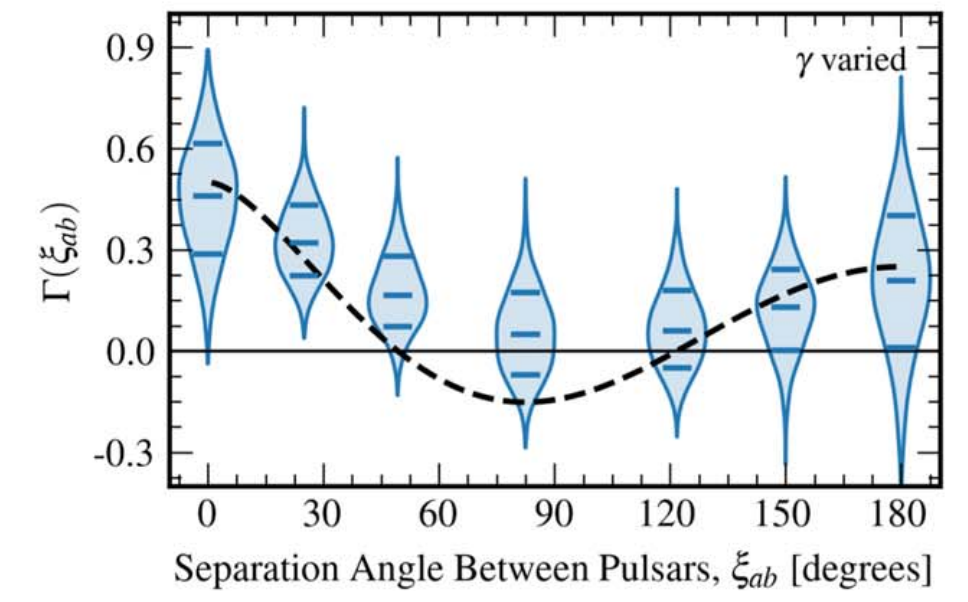If a star is big enough to explode at the end of its natural life, but not big enough to form a black hole, it will explode on the outside, while collapsing on the inside from gravity.
Collapse is halted when all the electrons and protons merge to form neutrons, and all the neutrons come together in one ginormous atomic nucleus. The neutrons resist further compression because neutrons are Fermions, and Fermions avoid occupying the same quantum state.
Neutron stars condense all the mass of a star into a sphere just a few miles across. Everything about a neutron star is unbelievably extreme. Temperatures hotter than the center of the sun. Magnetic fields a billion times stronger than we can create with the biggest superconducting magnets. They are so dense that a spoonful of neutrons weighs a billion tons, and that’s based on our familiar Earth gravity. Gravity on a neutron star is a trillion times stronger.
Neutron stars spin anywhere from once per second to hundreds of times per second. With each spin, their radio beacon scans past our direction, and we see a radio pulse. Hence neutron stars are also called pulsars. About 3,000 pulsars have been discovered since Jocelyn Bell found the first one in 1966.
The timing of their pulses is quite precise, but our clocks are even more precise. We can detect that most pulsars are slowing down just a bit because they’re losing energy into space from all those radio waves. What’s more, there are tiny fluctuations in the pulsar periods, little wobbles in which the pulsars get a tiny bit faster and a tiny bit slower.
Cosmic dance
What if I told you all those wobbles are coordinated? There is a synchrony to the wobbles of 68 of the fastest pulsars, scattered across our galaxy in different directions.

Wait a minute, you say. Pulsars a few thousand light years to the north of us and a few thousand light years to the south of us, all wobbling at the same time. It takes their light thousands of years to reach us, and the time is different for each pulsar. They’re not wobbling at the same time from anyone’s perspective except ours. So this must be something about us, not something about the pulsars.
Just so, I respond. Astrophysicists ain’t so dumb. Their favored hypothesis is that all the clocks on earth are getting slightly faster and slower in a coordinated fashion. But what would cause that? A gravitational wave stretches time as well as space. This is the conventional explanation. But these coordinated changes are happening over the course of several years. There is no known process that could create gravitational waves that are so huge that their wavelength is measured in lightyears.
My guess is that this is one of those pregnant mysteries that awaits a brilliant young physicist to propose a daring new theory that spans many anomalies to offer us a new view of the cosmos.
To be continued…
